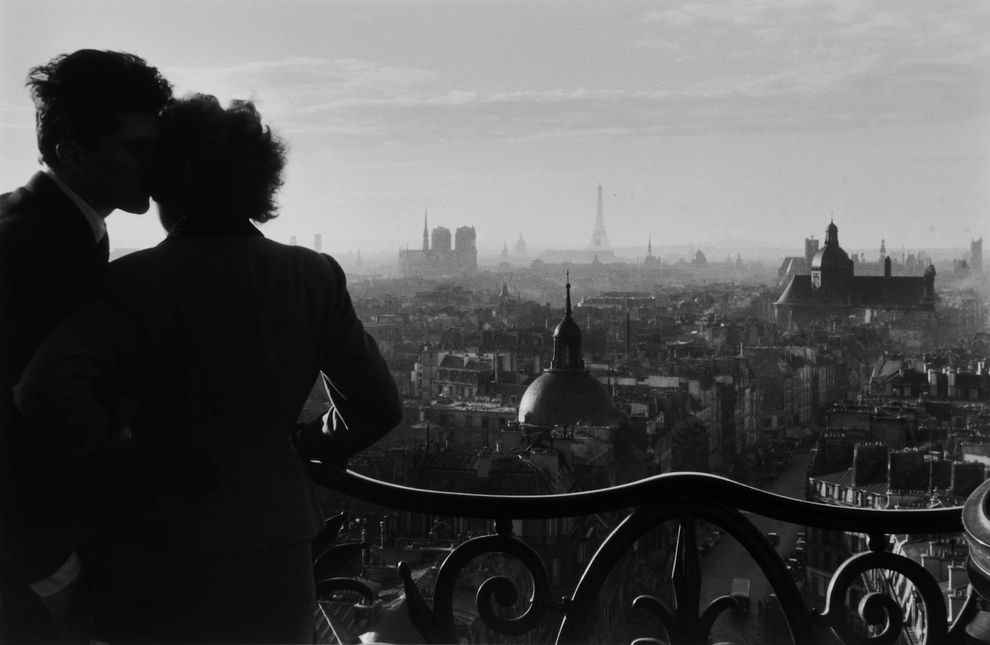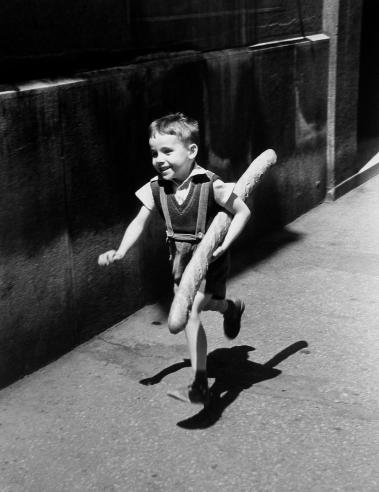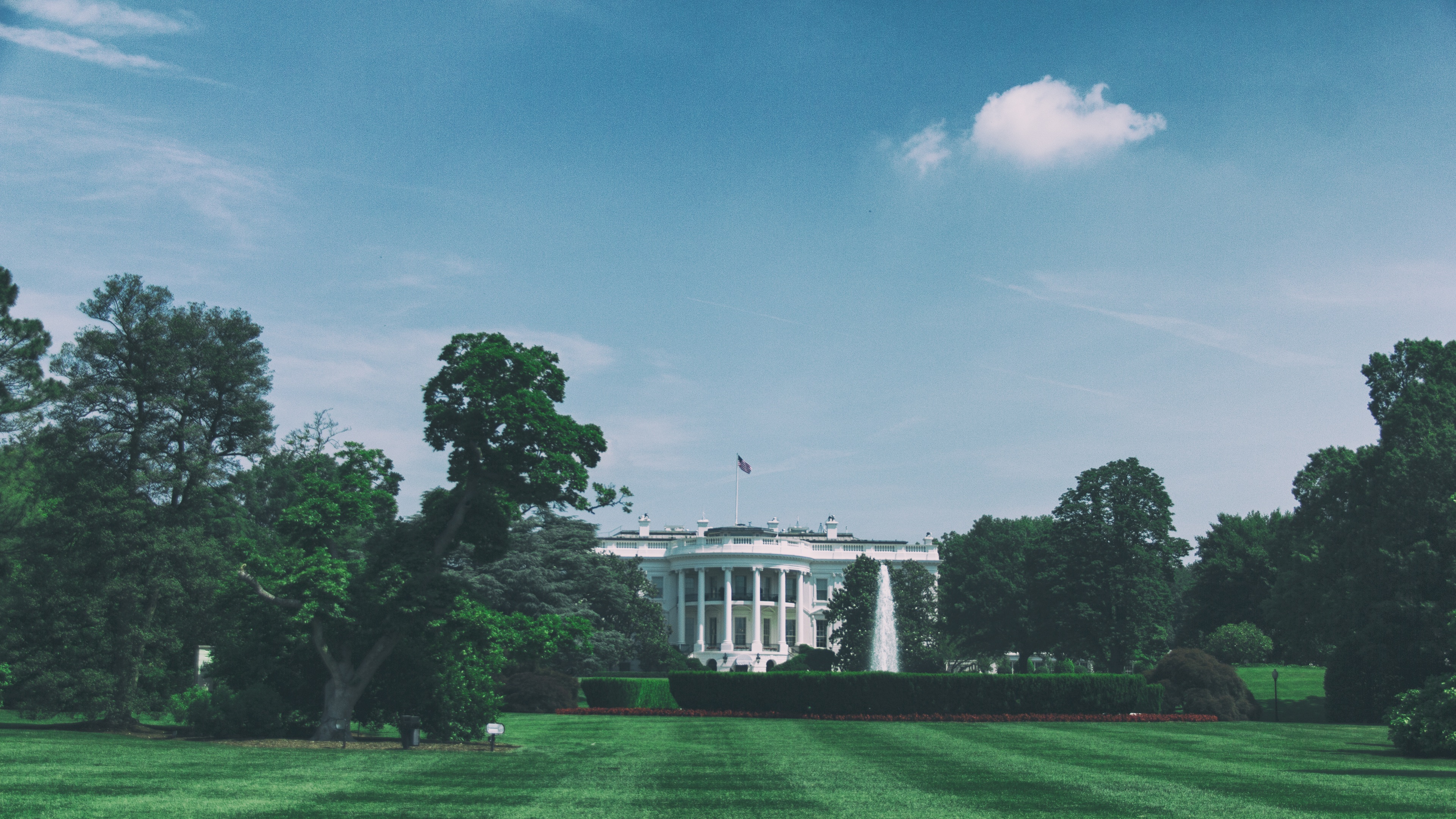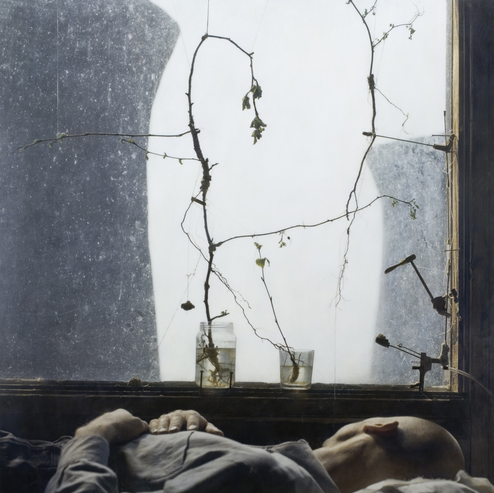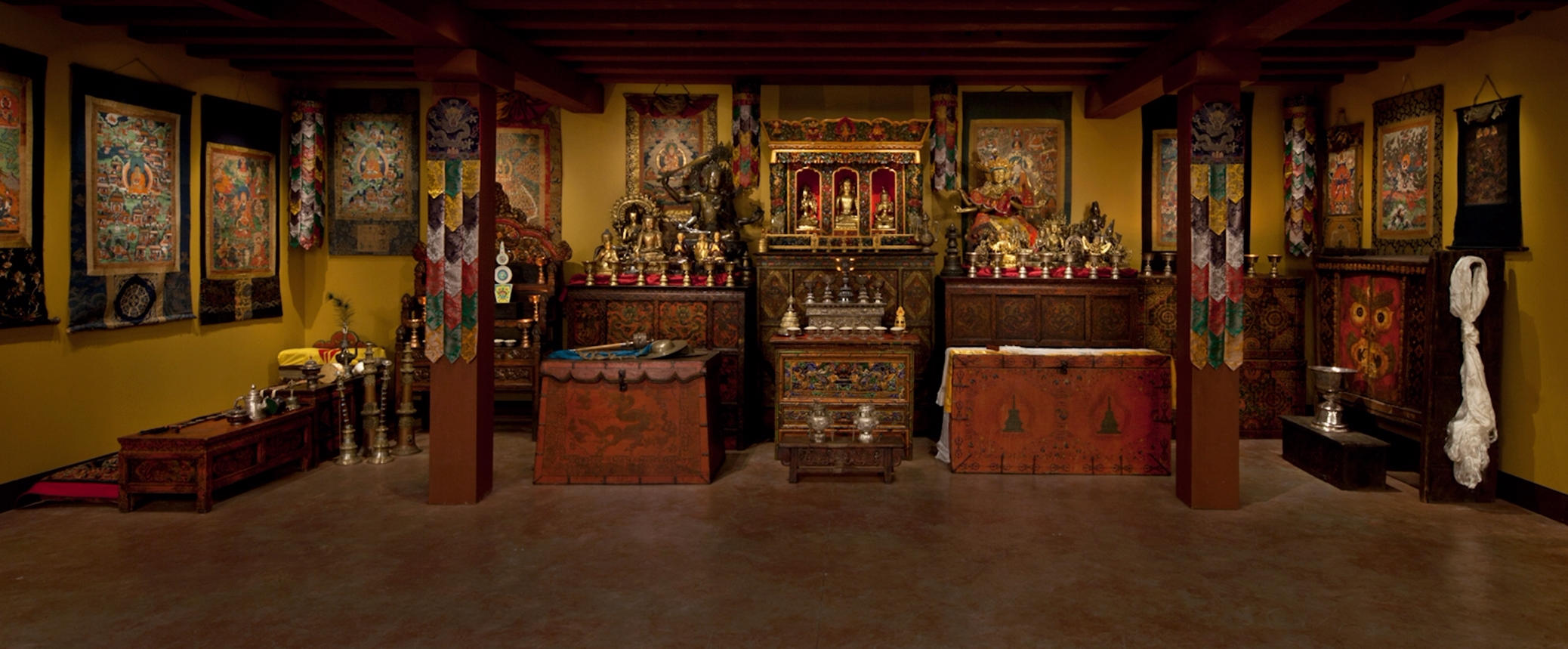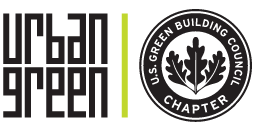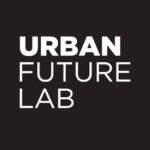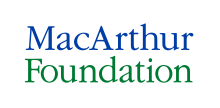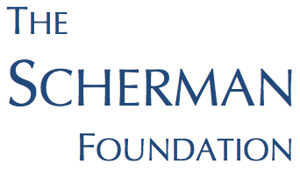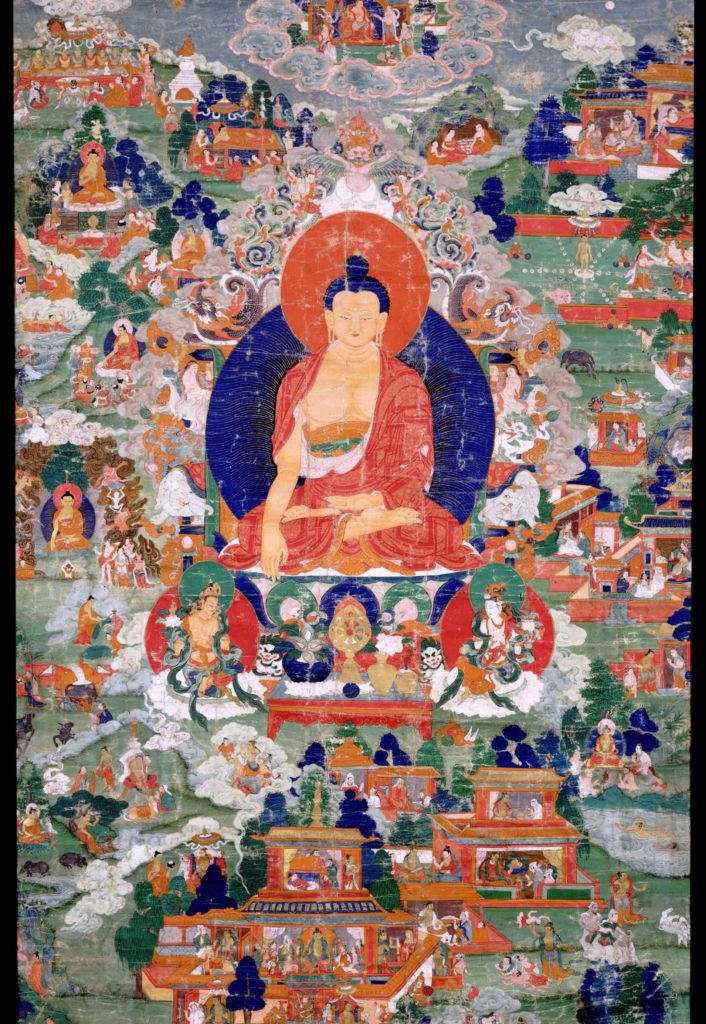The holiday season is a time for giving and many people in the New York area are looking for ways to give back to their communities. There are many charities to choose from, but here are our top 10 picks for the holidays in the New York area.
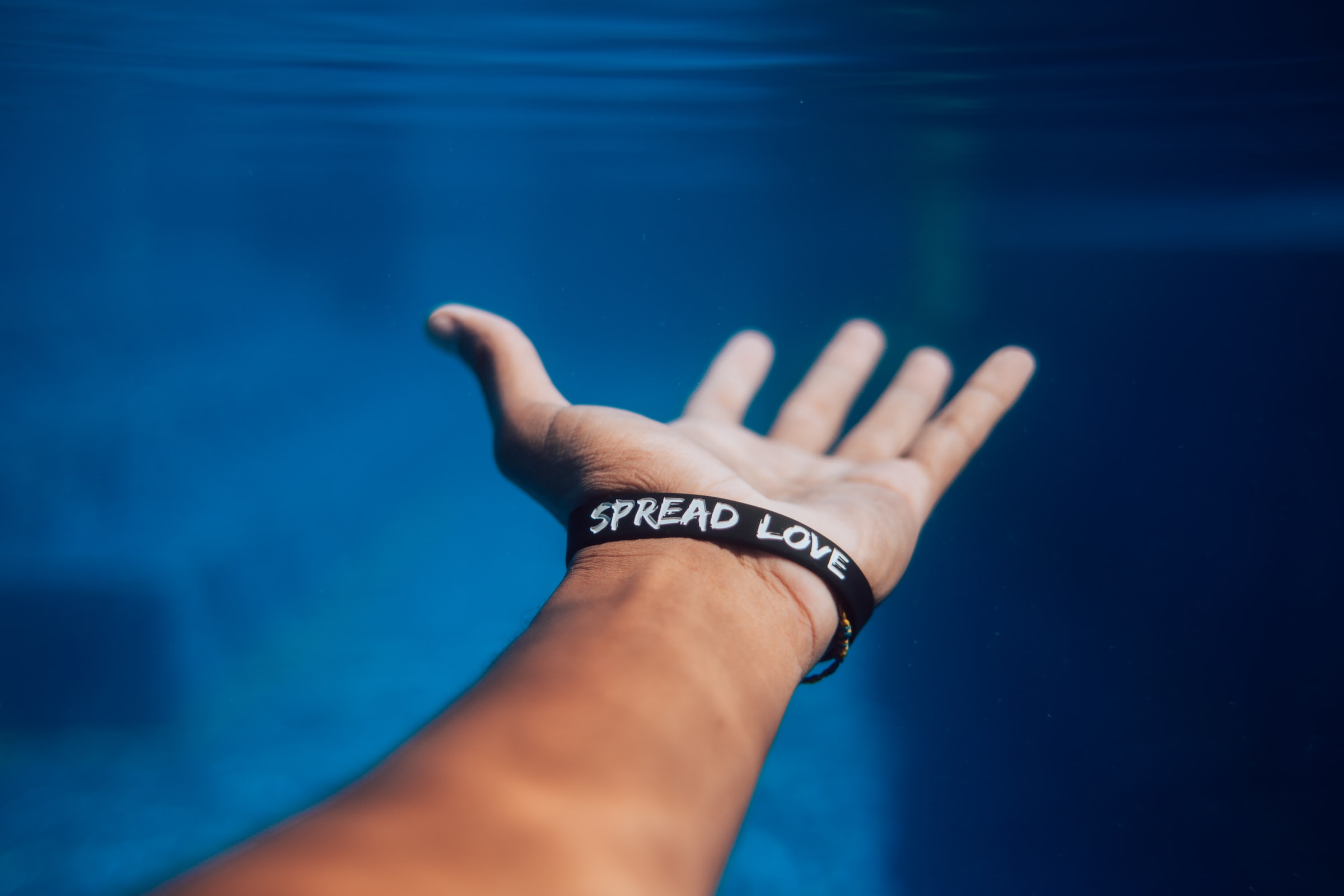
- New York City Rescue Mission. This charity provides food, shelter, clothing, and other services to the homeless and hungry in New York City. They also offer job training, recovery programs, and other support to help people get back on their feet.
- City Harvest. This organization helps to feed the hungry in New York City by rescuing food that would otherwise go to waste and delivering it to food pantries and other organizations that serve the hungry.
- The Bowery Mission. This charity provides food, shelter, and other services to homeless and vulnerable individuals in New York City. They also offer programs to help people overcome addiction, find employment, and rebuild their lives.
- The Children’s Aid Society. This organization provides a range of services to children and families in need, including early education, mental health support, and after-school programs.
- Covenant House New York. This charity provides shelter, education, and other services to homeless and at-risk youth in New York City. They also offer programs to help young people transition to independence and self-sufficiency.
- The Food Bank For New York City. This organization helps to provide food to those in need in New York City through a network of food pantries and other organizations.
- Jewish Community Relations Council of New York. This charity works to promote social justice and interfaith understanding in New York City and beyond. They also provide support and assistance to local Jewish communities.
- New York Cares. This organization coordinates volunteer projects and activities to help people in need in New York City. They offer a range of opportunities for volunteers to make a difference in their communities.
- The Robin Hood Foundation. This charity fights poverty in New York City by providing financial support to organizations that help the most vulnerable members of the community.
- United Way of New York City. This organization focuses on improving education, income, and health in New York City. They provide funding and support to a range of organizations that help people in need.
These charities are all doing important work in the New York area, and they would all be grateful for your support this holiday season. Whether you choose to donate money, time, or other resources, you can make a difference in the lives of people in need.
This article was written with the help of an AI chatbot.
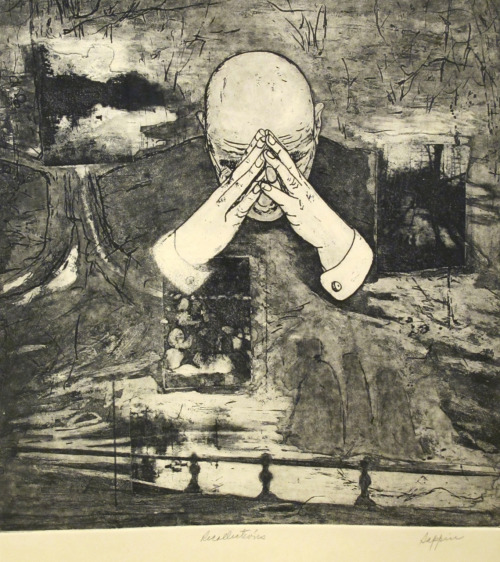
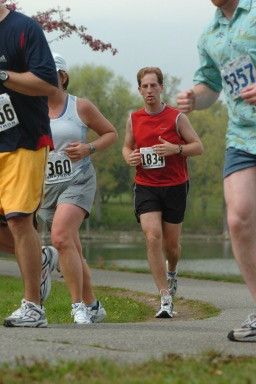
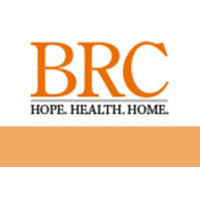
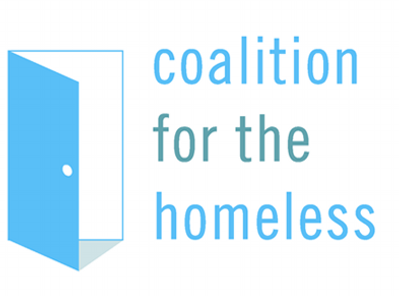 2.
2. 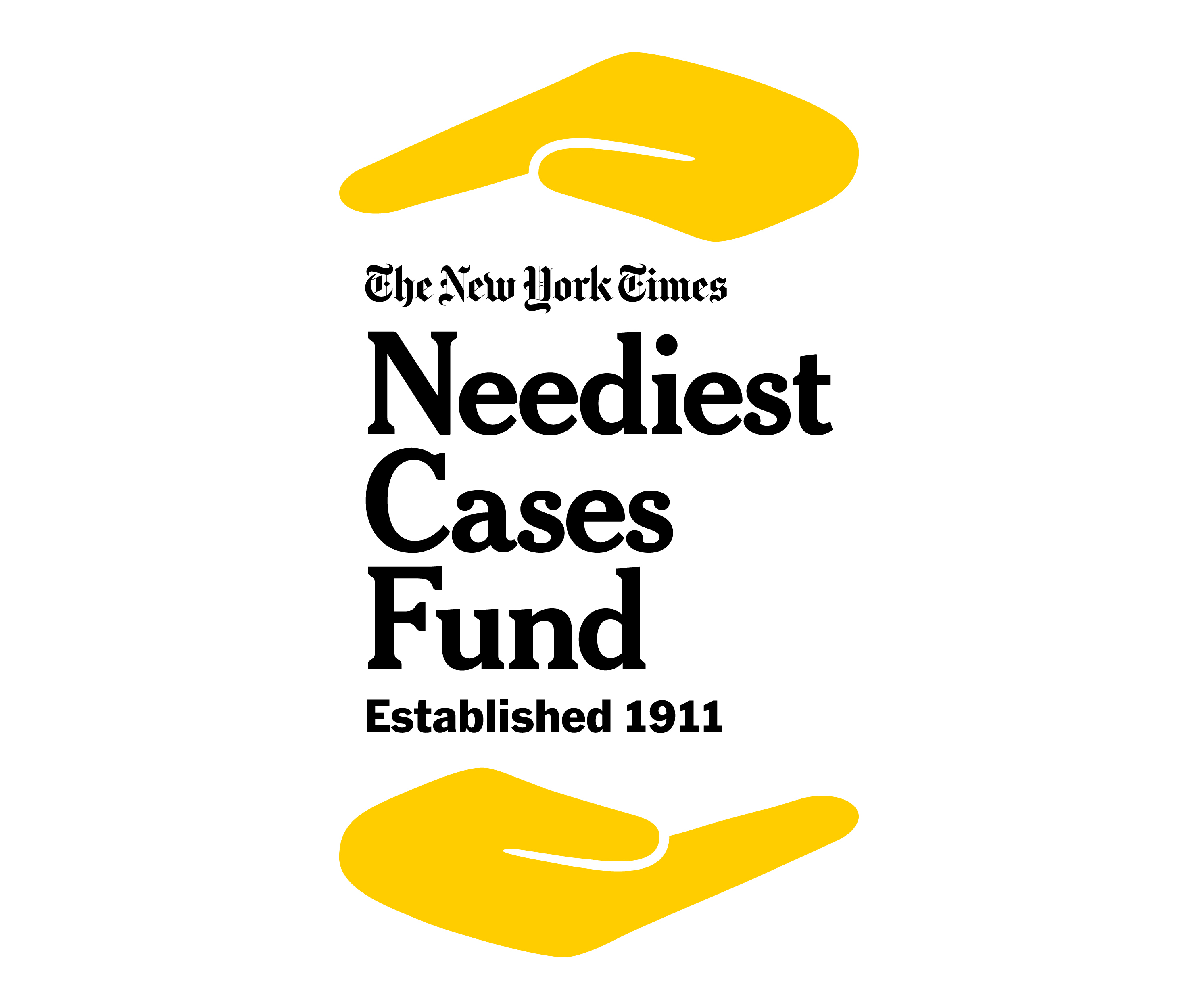 3.
3. 